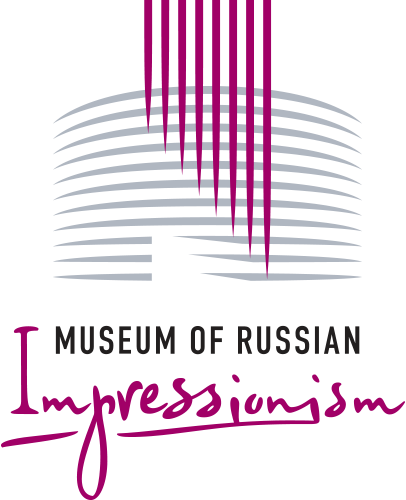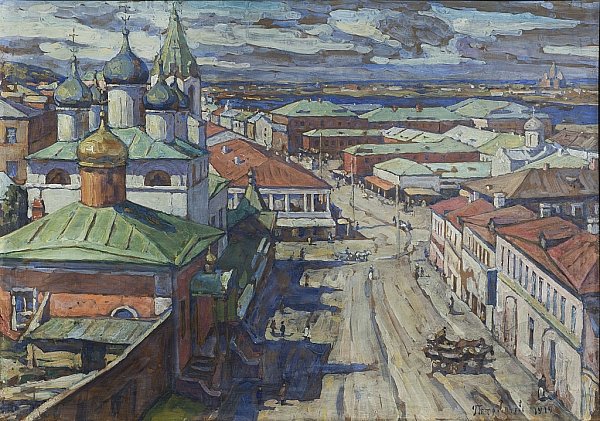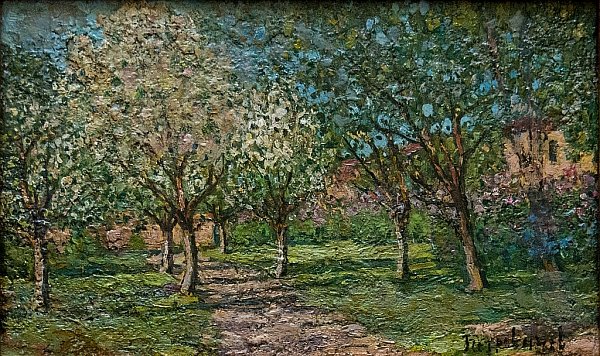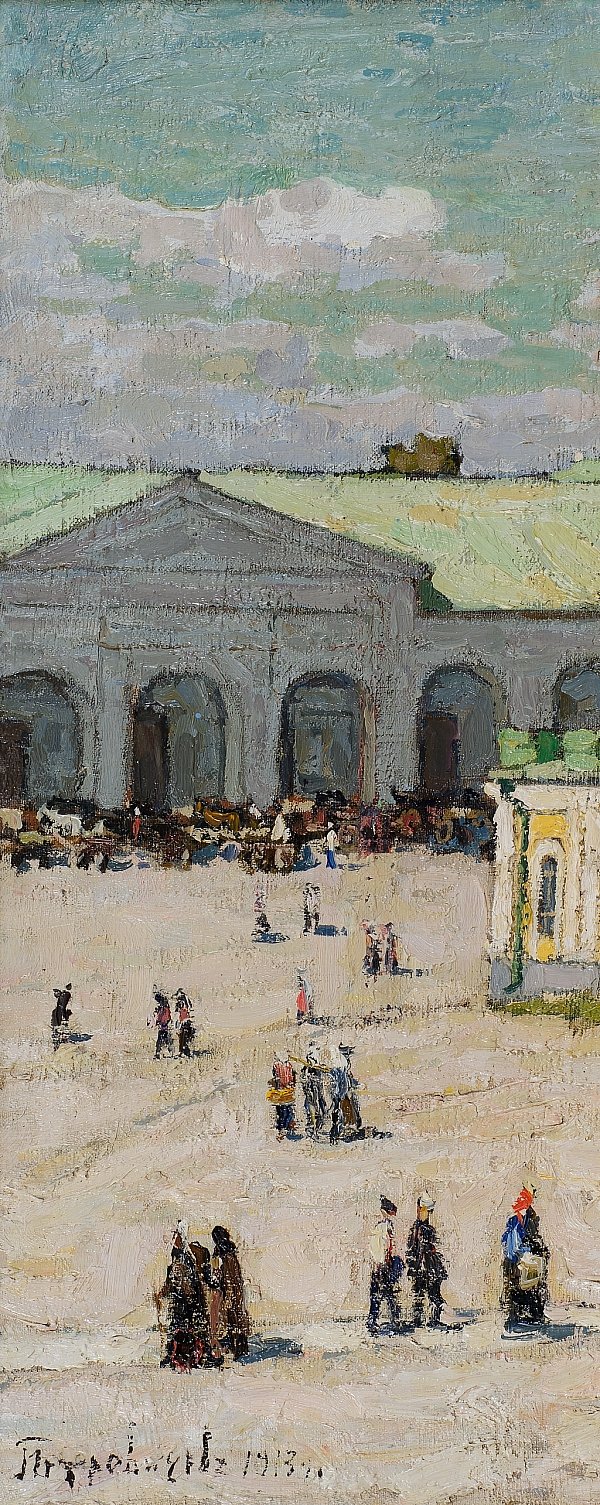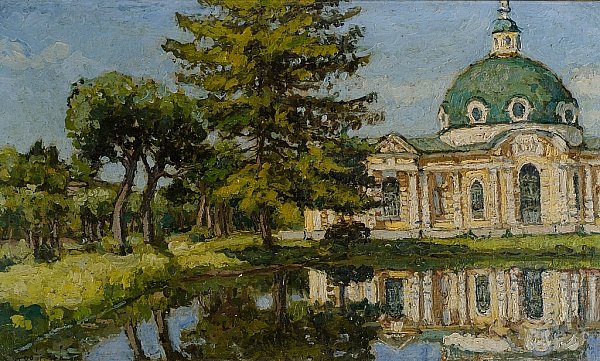Pyotr Petrovichev
18.12.1874 - 04.01.1947
"I went to an elementary school in the country, and when we did dictation, I would draw faces between the lines. The teacher scolded me for it, ‘What are you doing? The inspector will come and ask to see the notebooks, and then what will happen?’ But I didn’t stop, I knew that I needed to draw nature, to be an artist...." That's how, with such faces in his notebook, the modest, shy Pyotr Petrovichev, the son of a peasant farmer in the district of Rostov the Great began his career. His father managed to have him admitted to join the apprentices of the Rostov Museum of Church Antiquities. Although he had no formal art education behind him, or particular confidence in himself—only the desire to draw - Vasily Vereshchagin, the famous battle scene painter, noticed the young man’s obsession and helped him enter the Moscow School of Painting, Sculpture and Architecture. Fate continued to smile on Petrovichev, and he became an apprentice to Isaac Levitan. Levitan became his teacher not only in art, but in life too, and Petrovichev kept the warmest memories of his mentor all his life. After Levitan’s death, Petrovichev continued his studies with Valentin Serov, and at the exhibitions of the “Peredvizhniki” (“Wanderers”) movement, he gained success and recognition: the Tretyakov Gallery, the Museum of Alexander III and the Gallery at the Academy of Fine Arts began to acquire his works. After the revolution, he travelled extensively throughout the country, painting the atmosphere of the nature of the North which was very close to him. During World War II, Petrovichev, then almost 70, was active, serving on night watch duties, digging ditches, and building fences, for which he was awarded the Defender of Moscow medal.
